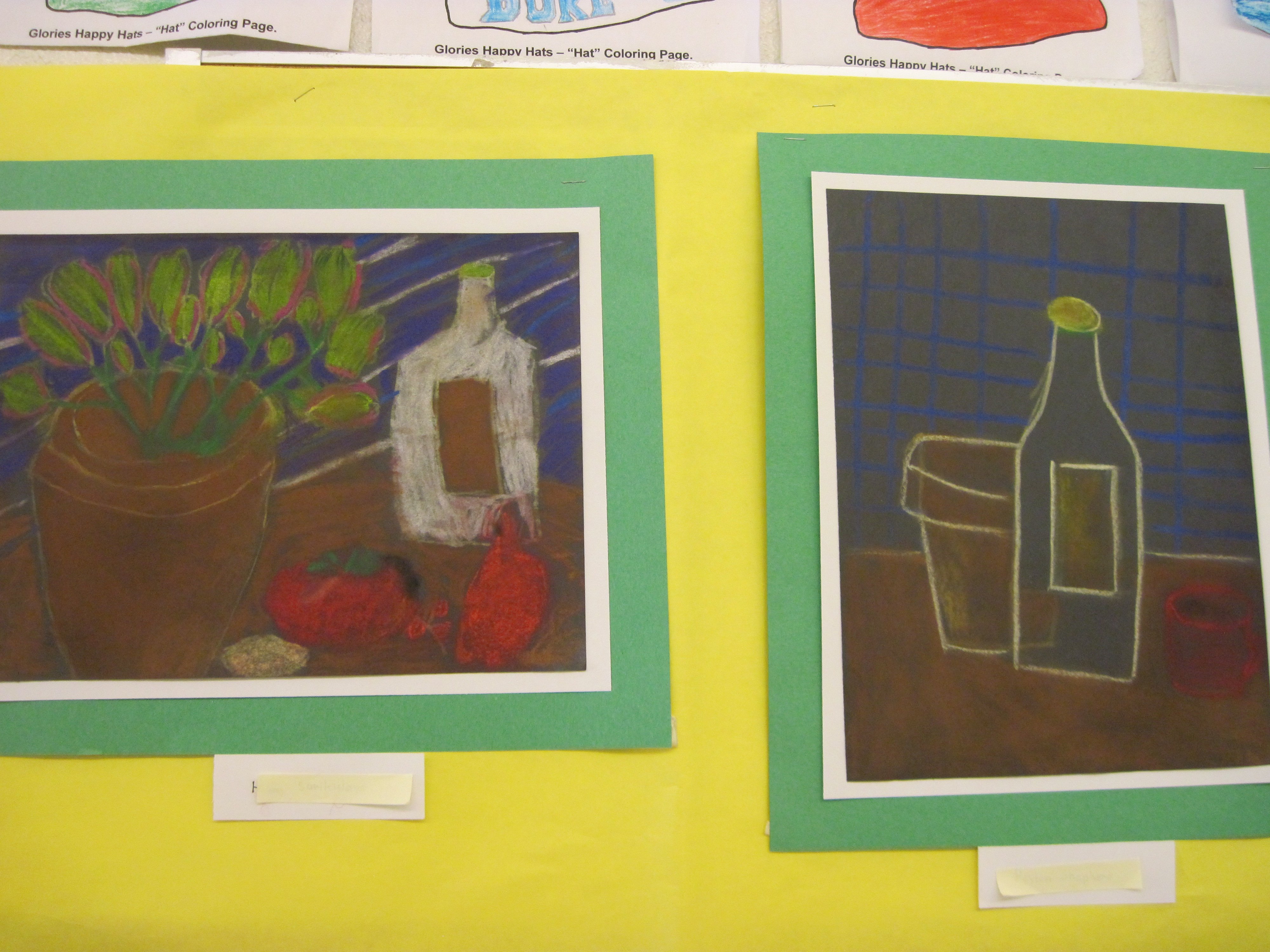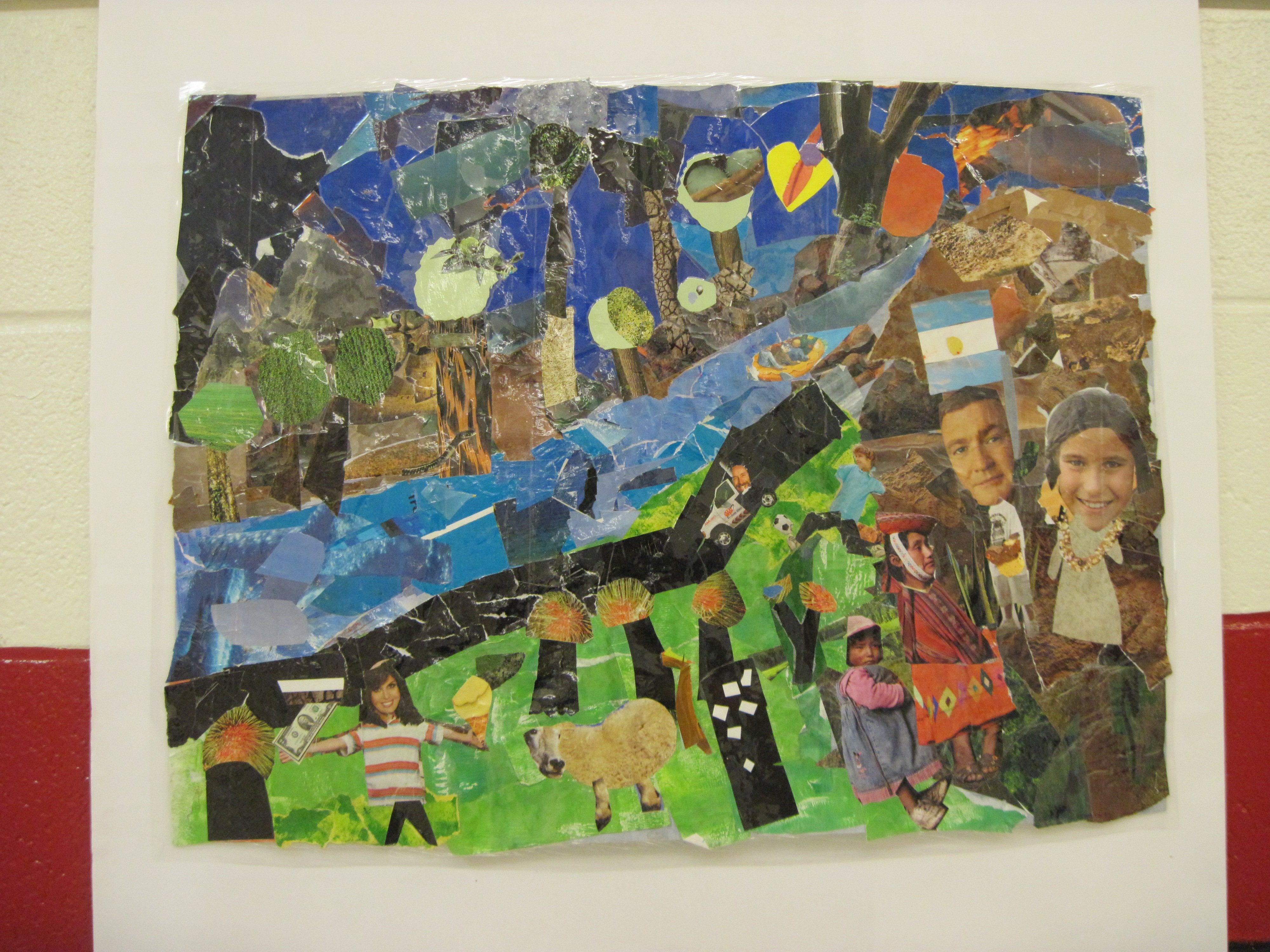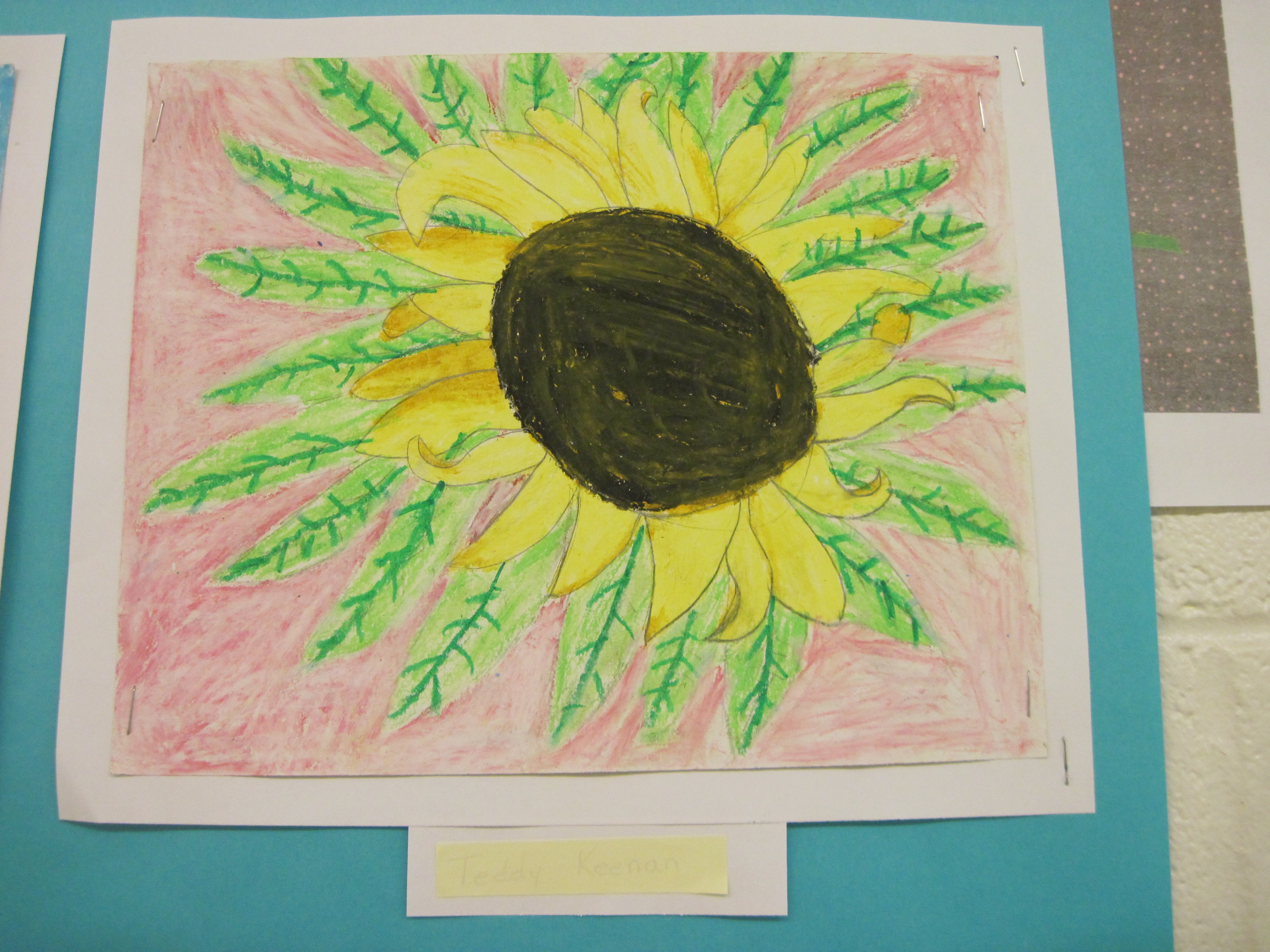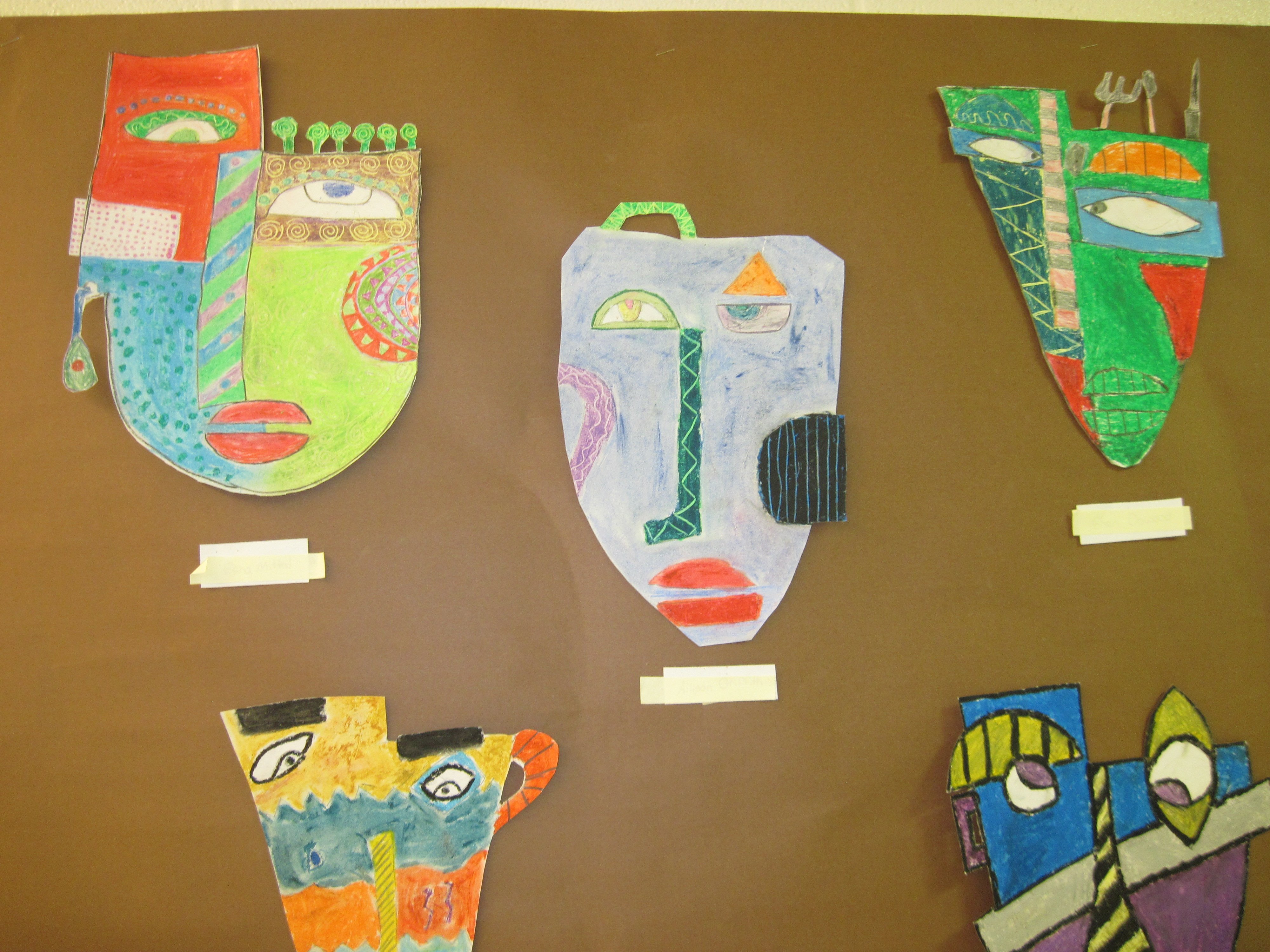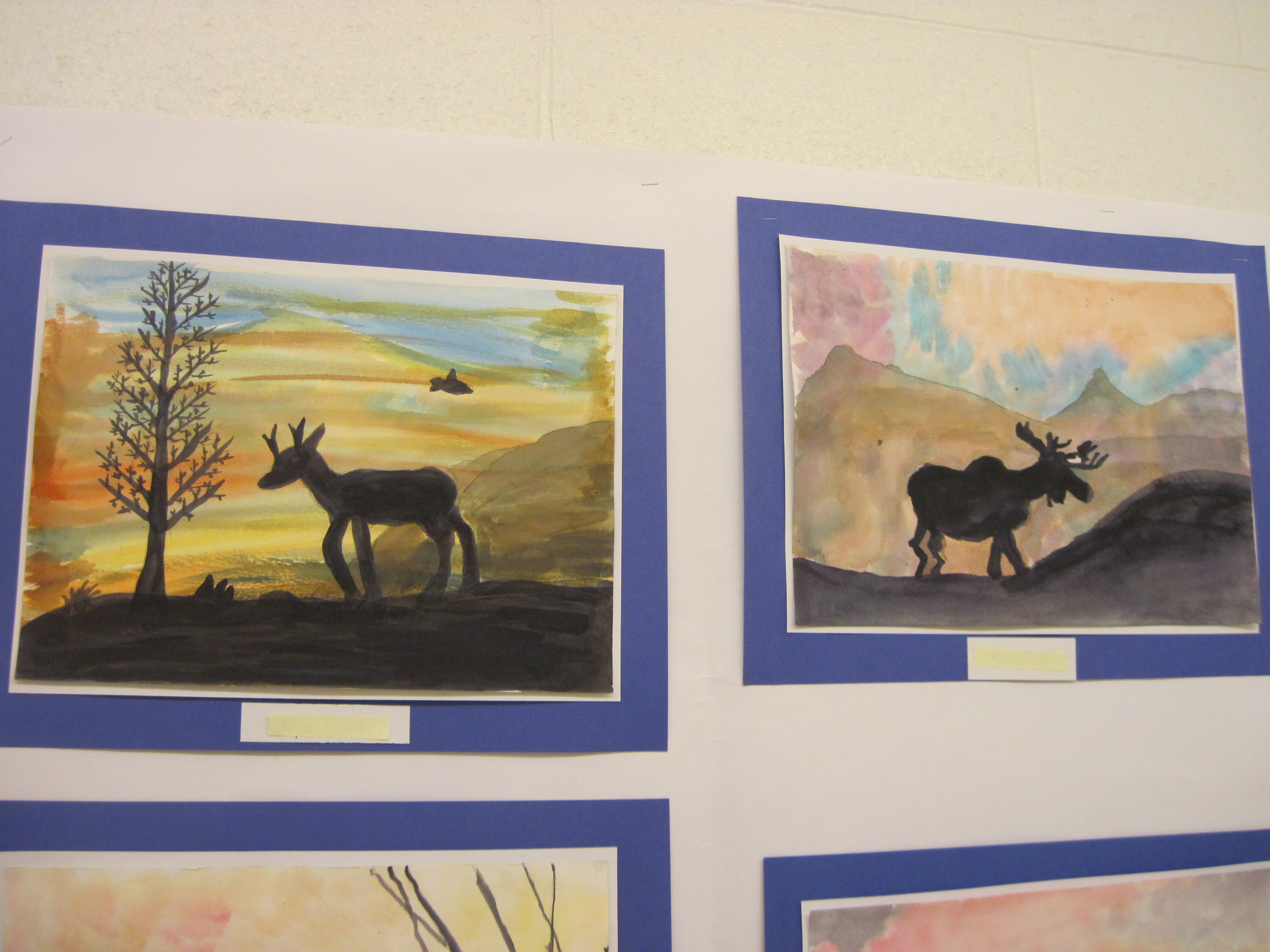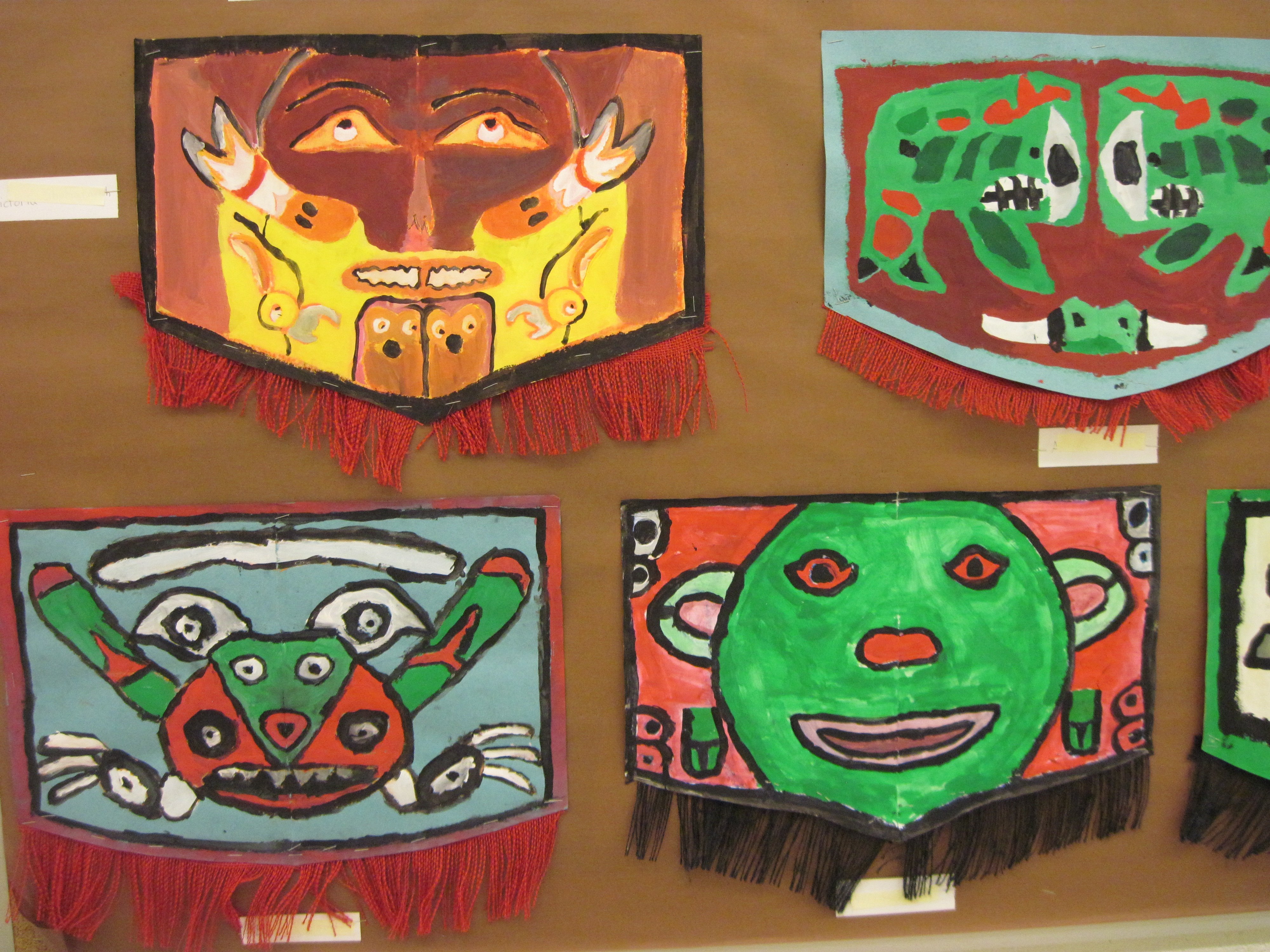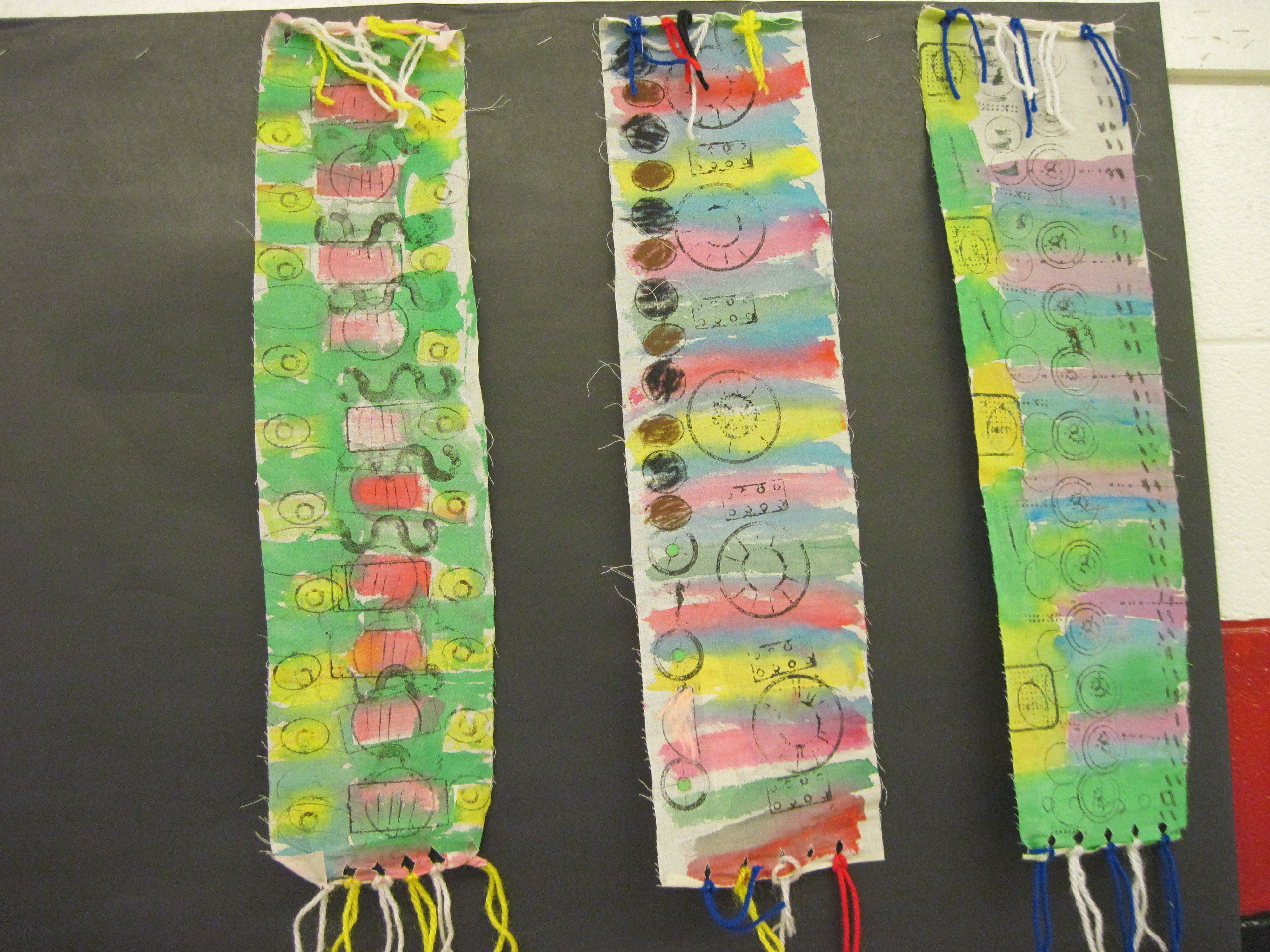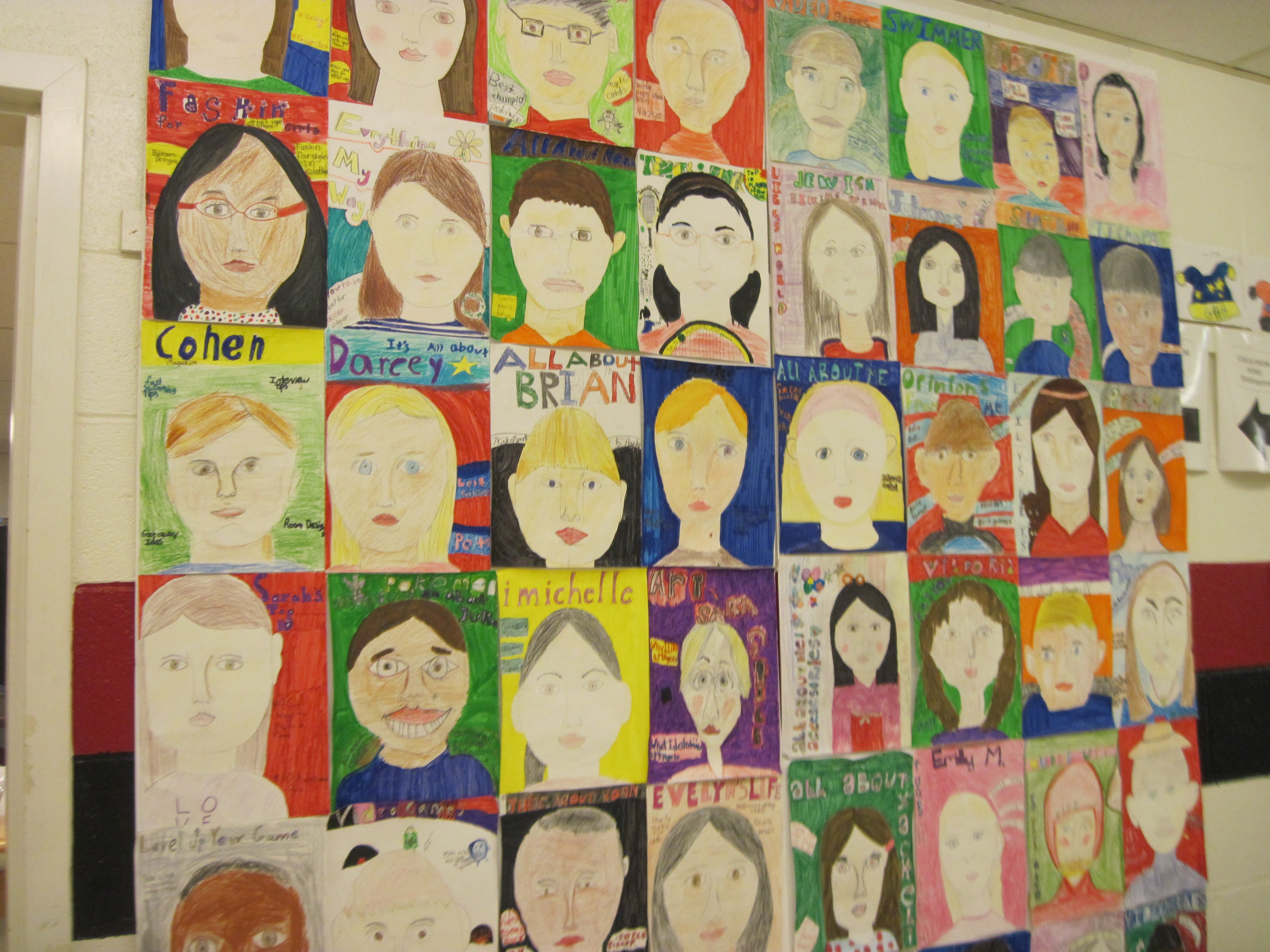Visual Art Program
In the Art Room
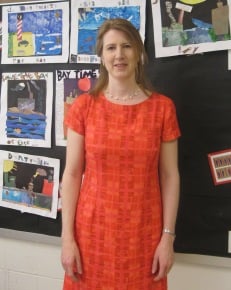
Mrs. Touchette
Your child will experience and learn about art through creating and analyzing art as well as making connections to their learning, background knowledge and everyday experiences. I try to make the art experience meaningful to them by making connections to their own lives. They will learn about the elements of art (line, shape, color, space, texture, value, and form), the principles of design (emphasis, unity, rhythm, pattern, contrast, movement, and balance) and the history of art. Emphasis will be placed on artistic problem solving: encouraging students to discover the answers for themselves through their own critical thinking. Such solutions require higher order thinking, analysis, and judgment. Students learn to trust their own ideas and solutions.
Why Study Art?
- Art promotes creativity, problem-solving, and critical thinking skills.
- Art develops fine-motor and spatial skills. These skills are critical for a wide range of occupations outside the art world from mechanics to surgeons.
- Art promotes self-discipline, teamwork, and a strong work ethic.
- Art encourages creativity and expands aesthetic and intellectual awareness by using higher level thinking skills to identify problems, explore original solutions, and complete the problem-solving process.
- Art is an essential aspect of history and human experience.
- Art communicates ideas, values, and beliefs of people in different times throughout history.
- Art perpetuates the development of culturally literate students.
- Research has shown that the visual arts improve reading and math scores.
Discipline-based Art Education
Art-Making: creating works of art with tools and techniques of various media.
Art History: understanding the historical, social, and cultural context in which art is created.
Art Criticism: describing, interpreting, and evaluating works of art.
Aesthetics: questioning the nature, meaning and value of art – what is art?
Ways to Support the Art Program
- Talk to your child about what they learned in art each week and read the lesson descriptions attached to the artwork.
- Take your child to an art museum.
- Create an art space where your child can easily access art materials and books.
Assessment
Student achievement will be evaluated in the following areas:
- Creating Art: Demonstrate skillful use of art materials and knowledge of art elements and principles of design in an artwork.
- Responding to Art: Use appropriate art vocabulary to discuss artworks and make connections to other people, times and places.
Questions?
The best way to contact me is through email at Patricia_P_Touchette@mcpsmd.org or call the school after 3:00pm.
Art Links
There's something to do at all of them!
- Albright Knox Art Games
- Artists Toolkit
- Color with Leo(nardo)
- Getty Games
- Kids.Gov - Art for K-5
- Liverpool Museum - Portrait Detective
- NGA - for Kids!
- Renaissance Connection
- Tate Gallery for Kids
Festival of the Arts - Student Artwork
